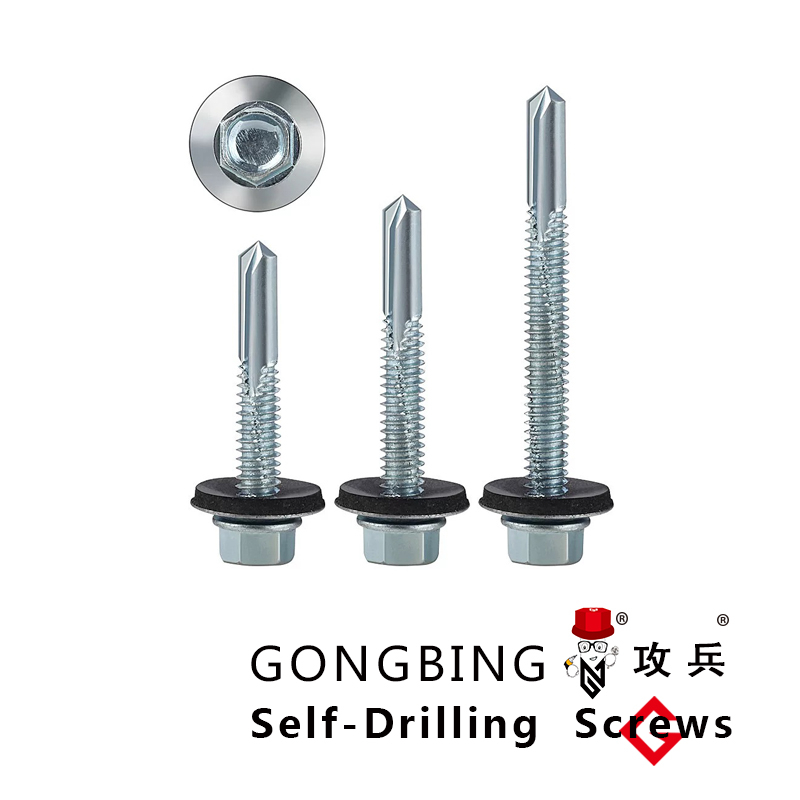double ended threaded studs metric
Understanding Double Ended Threaded Studs in Metric Sizes
Introduction
In the world of mechanical engineering and construction, fasteners play a crucial role in ensuring the integrity and stability of structures and machines. One such fastener that has gained significant importance is the double ended threaded stud. This article aims to delve into the specifics of double ended threaded studs, particularly in metric sizes, exploring their applications, benefits, and usage considerations.
What is a Double Ended Threaded Stud?
A double ended threaded stud is a type of fastener that features threads on both ends and a smooth shank in the middle. This design allows it to be inserted into two components, effectively clamping them together. Unlike standard bolts or screws, which typically have a head on one end, double ended studs provide a versatile solution for applications where space is limited or where a secure connection is required without the presence of a protruding head.
Metric Sizes and Standards
The metric system is widely adopted globally, especially in engineering and manufacturing sectors. Double ended threaded studs are available in various metric sizes, typically denoted by the diameter of the threads and the pitch (the distance between consecutive threads). Common metric sizes include M5, M6, M8, M10, M12, and so forth, with varying lengths to suit different applications. The choice of thread type—such as coarse or fine pitch—also plays a critical role in the stud’s functionality.
Applications of Double Ended Threaded Studs
Double ended threaded studs are utilized in a myriad of applications across various industries due to their adaptability. Some of the most common applications include
1. Construction In the construction sector, double ended studs are often employed to fasten steel structures, hold beams in place, and secure pre-cast concrete panels.
2. Automotive Industry In the automotive field, these studs are used to connect engine components, exhaust systems, and various parts of vehicles, providing secure and reliable connections.
3. Manufacturing Manufacturers often use double ended threaded studs in assembly lines for machinery and production equipment, allowing for easy assembly and disassembly.
4. Furniture In furniture design, double ended studs can be used to join components without visible hardware, providing a clean and aesthetically pleasing finish.
double ended threaded studs metric

Advantages of Using Double Ended Threaded Studs
1. Versatility Their dual-thread configuration allows for flexibility in joining multiple components at once, making them ideal for a wide range of applications.
2. Space Efficiency Since they do not feature a head like traditional bolts, double ended studs can be used in tight spaces where conventional fasteners might not fit.
3. Ease of Assembly The design allows for quick installation and removal, facilitating maintenance and repairs without extensive disassembly.
4. Strength and Stability When properly installed, double ended threaded studs provide a strong connection that can withstand significant tension and load, crucial for structural integrity.
Considerations for Use
When choosing double ended threaded studs, several factors should be taken into account
- Material Compatibility Ensure that the material of the stud is compatible with the components being fastened to avoid corrosion and degradation.
- Load Requirements Consider the load that the installation will bear and select the appropriate size and grade of the stud to match those requirements.
- Thread Type Selecting the correct thread type (coarse or fine) can affect the strength and suitability of the stud for the intended application.
- Installation Method Proper installation techniques should be followed to achieve the required torque and tightness without damaging the components.
Conclusion
Double ended threaded studs are an essential component in many industries, offering a unique blend of versatility, strength, and efficiency. With a wide array of metric sizes available, they can be adapted to a multitude of applications, making them a go-to choice for engineers and builders alike. Understanding their features and benefits can aid in selecting the right fastener for any project, ultimately leading to enhanced performance and durability.
-
Weatherproof Plastic Expansion Anchors for OutdoorNewsJun.06,2025
-
Sustainability in the Supply Chain: Eco-Friendly TEK Screws ProductionNewsJun.06,2025
-
Load-Bearing Capacity of External Insulation FixingsNewsJun.06,2025
-
Double Head Bolts: Enhancing Efficiency in Industrial MachineryNewsJun.06,2025
-
Corrosion Resistance in Chipboard Screws: Coatings for Wholesale DurabilityNewsJun.06,2025
-
Butterfly Toggle Bolts : Enhancing Structural ResilienceNewsJun.06,2025
